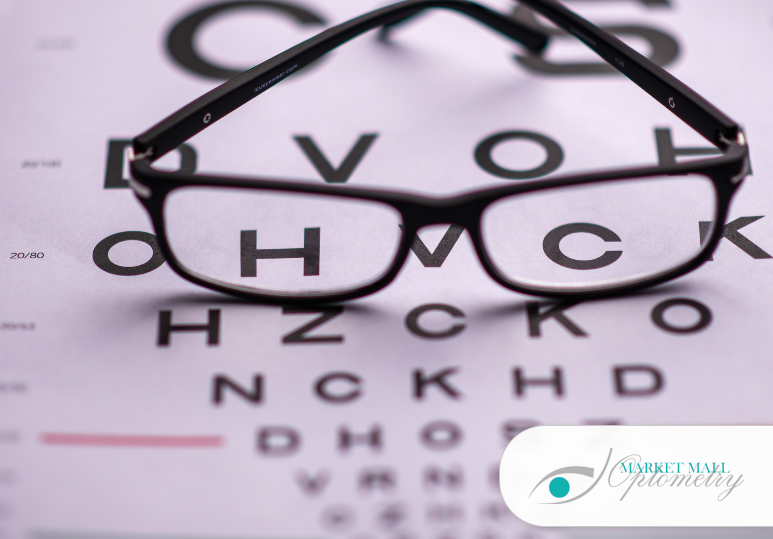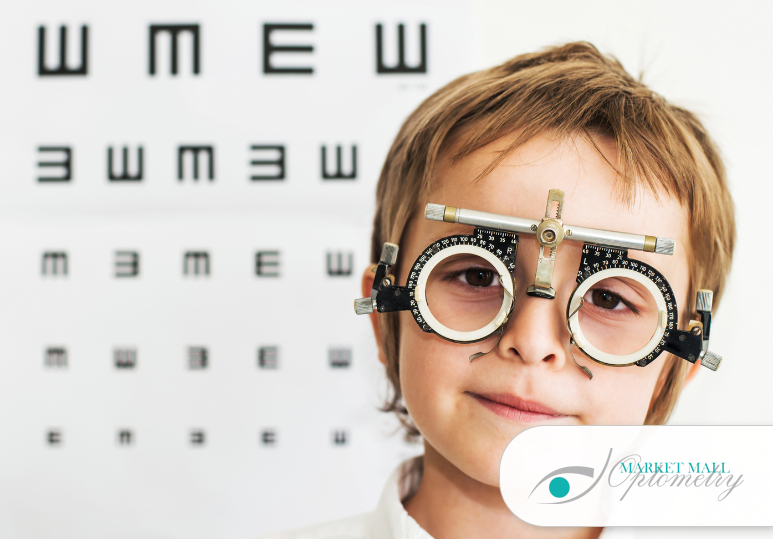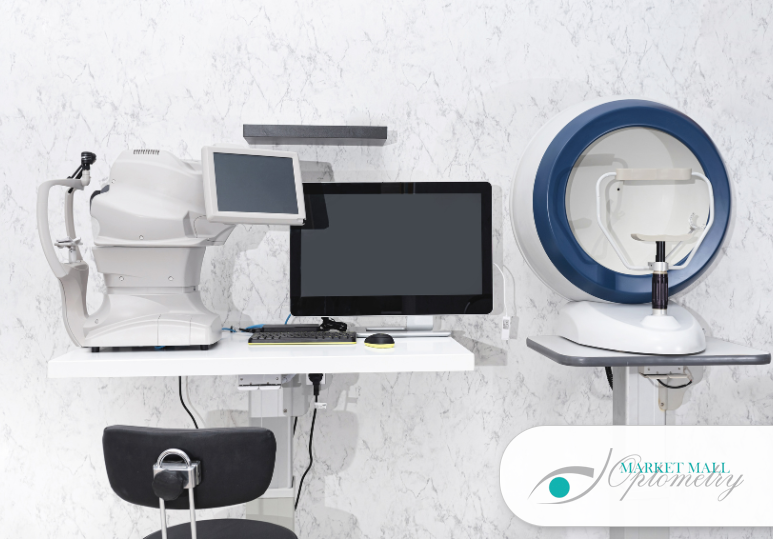Dry eye syndrome is a common optic health condition that many individuals face. It occurs when your tear system does not function properly. Our eyes need to be consistently lubricated by our tears to protect them from external elements and keep them moisturized. However, tear ducts may fail to produce enough tears to maintain an adequate level of moisturization in the eyes. Common causes for dry eyes include but are not limited to ageing, medication side effects, and pre-existing health conditions. If you are experiencing irritation, burning, or a gritty feeling in your eyes, you may have dry eye syndrome.
There are a variety of treatments for dry eye syndrome. Some can be found at your local drug store, while others require the involvement of a health practitioner. Keep reading to find out symptoms and effective treatments for this uncomfortable condition.
Solve Vision Problems Caused By Dry Eyes
Dry eye syndrome can make daily tasks such as reading or driving a lot harder than it has to be. If you experience dry eyes in your day-to-day life, you may be searching for solutions to ease your discomfort or get rid of it completely.
Fortunately, dry eye syndrome is a prevalent condition. Several effective treatment options are available so that you can go back to your regular activities without the discomfort and struggle you may be experiencing now.
Our ophthalmologists at Market Mall Optometry specialize in treating dry eyes. See how we can help you by calling 403-286-4884 or filling out the online contact form below.
Symptoms
Individuals with dry eyes can experience numerous symptoms. The most prevalent signs that you have dry eye syndrome include:
- Stinging or burning sensations in your eyes
- Red eyes
- Blurry vision
- Watering of the eyes that does not provide relief of symptoms
- Difficulty driving at night
- Difficulty or inability to wear contact lenses
- Having the sensation that something is in your eye
- Light sensitivity
- String-like mucus in or around your eye
3 Common Treatments
Eye Drops
Soothe your dry eyes with artificial tears or eye drops. This can mimic the effects natural tears provide us throughout the day.
Artificial tears can be purchased over-the-counter in the form of a liquid or gel. You can use liquid eye drops several times throughout the day, while gel forms should only be applied once at night as the consistency can make your vision blurry. If store-bought solutions do not provide relief, ask your doctor for alternative treatments. They may prescribe a medical-grade eye drop. Prescription eye drops are normally applied twice a day and provide relief within 6 months. Consult your doctor to receive information on your specific prescription.
Tear Duct Plugs
Your doctor may recommend plugging your tear ducts to conserve the tears naturally produced. Tear ducts are commonly plugged with punctal plugs. These are tiny devices that attach to your tear ducts and block excessive drainage. They will likely be inserted by your eye doctor in a simple procedure that may involve an anesthetic if needed.
Warm Compress
A simple at-home treatment you can try is applying a warm compress to your closed eyes. This can reduce the irritation in them and loosen clogged oil glands that may be causing your dry eyes. To unclog these glands, gently press down on the edge of your eyelids with a warm, damp cloth.
Prevention
Dry eye syndrome can be prevented using the following measures:
Use lubricating eye drops when you are experiencing mild symptoms of dry eyes
Keep your digital devices below eye level so your eyes are not open as wide and can withhold more moisture in between blinks
Use a humidifier to add moisture to your indoor air
Take frequent breaks to close your eyes if you are doing a task that requires you to stare at something for a long time such as reading
Don’t direct artificial wind from fans, blow dryers, or air conditioners at your eyes
Stop or avoid smoking
Take Care Of Your Dry Eye Syndrome Today
Dry eye syndrome affects individuals in many ways. It can cause discomfort, vision problems, and unsightly changes in appearance. The most effective treatment will vary among patients, as each case is unique. Failure to treat your dry eyes can potentially result in further eye complications. If you have dealt with dry eyes for a prolonged period, you may require special medical assistance to treat your condition.
Contact us at 403-286-4884 to gain professional insights on dry eye syndrome and book an appointment with one of our exceptional eye doctors.
FAQs
Q: Who is at risk of dry eye syndrome?
A: A significant risk factor for dry syndrome is age. As we age, it becomes more difficult for our eyes to produce tears, making us susceptible to dry eyes. Individuals with autoimmune diseases may also be at risk for severe cases of dry eye syndrome.
Q: When should I see a doctor about my dry eyes?
A: While you may be able to manage your symptoms with over-the-counter treatments, it is always smart to get a professional opinion on how to treat your case and gain a better understanding of the condition.
Q: What are the possible complications of dry eye syndrome?
A: People with severe or prolonged cases of dry eyes may experience the following complications:
- Eye infections
- Eye inflammation
- Abrasion on the cornea’s surface
- Difficulty reading, driving, or completing other day-to-day activities




